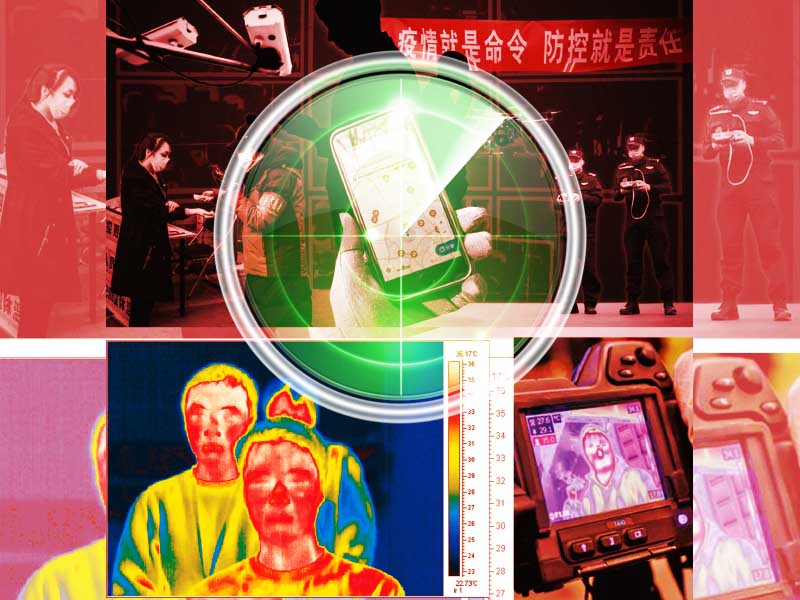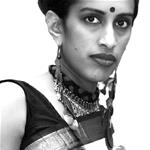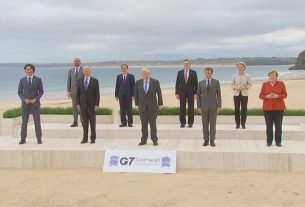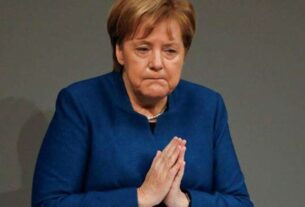Sat 23 May 2020:
As COVID-19 continues to devastate the world, a growing number of countries are opting to use invasive surveillance methods to stem the spread of the virus and “flatten the curve”.
Since the emergence of the novel coronavirus, several countries, led by Israel, China, Singapore and South Korea, started collecting security camera footage and bank records and using facial recognition technologies and mobile phone data to track the movements of their citizens. Australia recently joined this trend by releasing Covidsafe, a “coronavirus tracking app“. The UK is also known to be trialling a similar mobile phone app to increase its contact-tracing abilities and get its population back to work.
In countries where the majority of the population is not used to being subjected to overt mass surveillance, the discussions surrounding the implementation of these measures has focused on “privacy”.
But there is reason to be concerned about this new wave of surveillance beyond privacy. Unless we acknowledge the role surveillance plays in perpetuating structures of oppression, the use of tech-based surveillance methods to tackle the virus will serve to exacerbate the suffering of the most vulnerable communities.
We can see what surveillance is really for, and who usually pays the price for it, simply by looking into its history.
Surveillance as a colonial strategy
Surveillance emerged as a colonial strategy. It was essential for the classification of people and the control of the newly acquired territories.
From the 14th to the 19th century, European colonisers amassed vast quantities of data on the populations they colonised. The most basic tools of surveillance, such as fingerprinting, census taking, map-making and profiling, were refined and implemented in colonial settings by the Dutch in Southeast Asia, the French in Africa, and the British in India and North America.
The British, for example, collected data on caste, religion, profession and age among other classifying characteristics across colonial India. This information was used to solidify inequities of the caste system, and increase religious tensions; essentially to divide and rule.
Surveillance as a tool of scientific racism
In the 19th century, surveillance tools developed in the colonies were used by European governments to classify populations according to innate biological traits, and construct racial hierarchies, both in the colonies and at home. During this time, surveillance aided the implementation of discriminatory policies based on what we now call “scientific racism” and contributed to the development of pseudo-scientific justifications for white supremacy.
In Australia, for example, white colonisers used “scientific” theories based on surveillance data to justify massacres of First Nations people, land theft, removal of children from families, and erasure of language and culture. Over time, they established a racialised hierarchy of citizenship, and started granting citizenship rights and associated benefits based upon whiteness. They eventually banned all non-white migrants from entering the country. The “White Australia policy“, which enshrined this racial hierarchy of citizenship in law, only officially ended in 1973.
Surveillance today
Today, surveillance is still being used as a tool to classify people into various zones. Thanks to the “architectures of oppression” that surveillance help built, some people remain safely in “zones of access, inclusion and privilege“ while others remain stuck in “zones of invisibility, exclusion and death“. Rapidly developing surveillance methods are helping governments keep “undesirable” migrants and refugees outside of their countries’ borders, and internal “undesirables” – members of minority communities and the poor among others – inside prisons, detention centres and racialised ghettos.
The continuing coronavirus pandemic has only accentuated this problem.
A disproportionate number of people of colour have died from COVID-19 in the US and Britain. Millions of people stuck in prisons, detention centres and refugee camps across the world have been left to fend for themselves, despite expert warnings that the spread of the virus could be deadly in these contexts.
In many countries, security forces focused their efforts to enforce coronavirus-related restrictions on underprivileged communities. In Australia, Indigenous peoples and migrants are being disproportionately targetted for public health order compliance fines. In the US, there are widespread reports that police officers are using coronavirus stay-at-home orders and policies making masks mandatory to harass and abuse Black Americans.
The new surveillance state and the reordering of society
The rolling out of mass tech-enabled surveillance will help governments expand the existing systems of surveillance and discrimination, which have long been reserved solely for marginalised groups, to their entire populations. Israel, for example, is now using the surveillance tools it developed to monitor Palestinians in the occupied territories to track the movements of the country’s entire population.
If the tech-enabled surveillance wave triggered by the coronavirus pandemic continues unchallenged, the governments could not only use these new surveillance opportunities to increase the isolation and oppression of already marginalised communities, they could also create new groups of “undesirables” and restrict their access to most basic rights and services.
China’s Alipay Health Code is one example of how biometric data collection could be used to determine who gets to work, travel and exist freely in a society. It assigns people a colour code – green, yellow or red – that indicates their health status. Banners remind everyone of the rules: “Green code, travel freely. Red or yellow, report immediately.”
Chile, too, has announced plans to give “immunity passports” to recovered COVID-19 patients, allowing them to go back to work. Germany and the UK are also known to have considered a similar approach.
Implementation of such policies could eventually create a hierarchy of citizenship based on health and ability. It could increase the disadvantages of already marginalised communities, who have an increased prevalence for health problems due to their widespread lack of access to healthcare, sanitation and adequate nutrition. Moreover, these policies could be used to legitimise violence towards the sick, immunocompromised and elderly, as well as people with disabilities.
We need to ensure that this unprecedented public health emergency is not used to legitimise violence towards the most vulnerable members of our communities. As countries decide whether or not to lift restrictions and reopen economies, we need to challenge the use of methods that could pave the way for the rise of eugenic ideologies that determine a person’s worth based on their ability to work and contribute to the economy.






